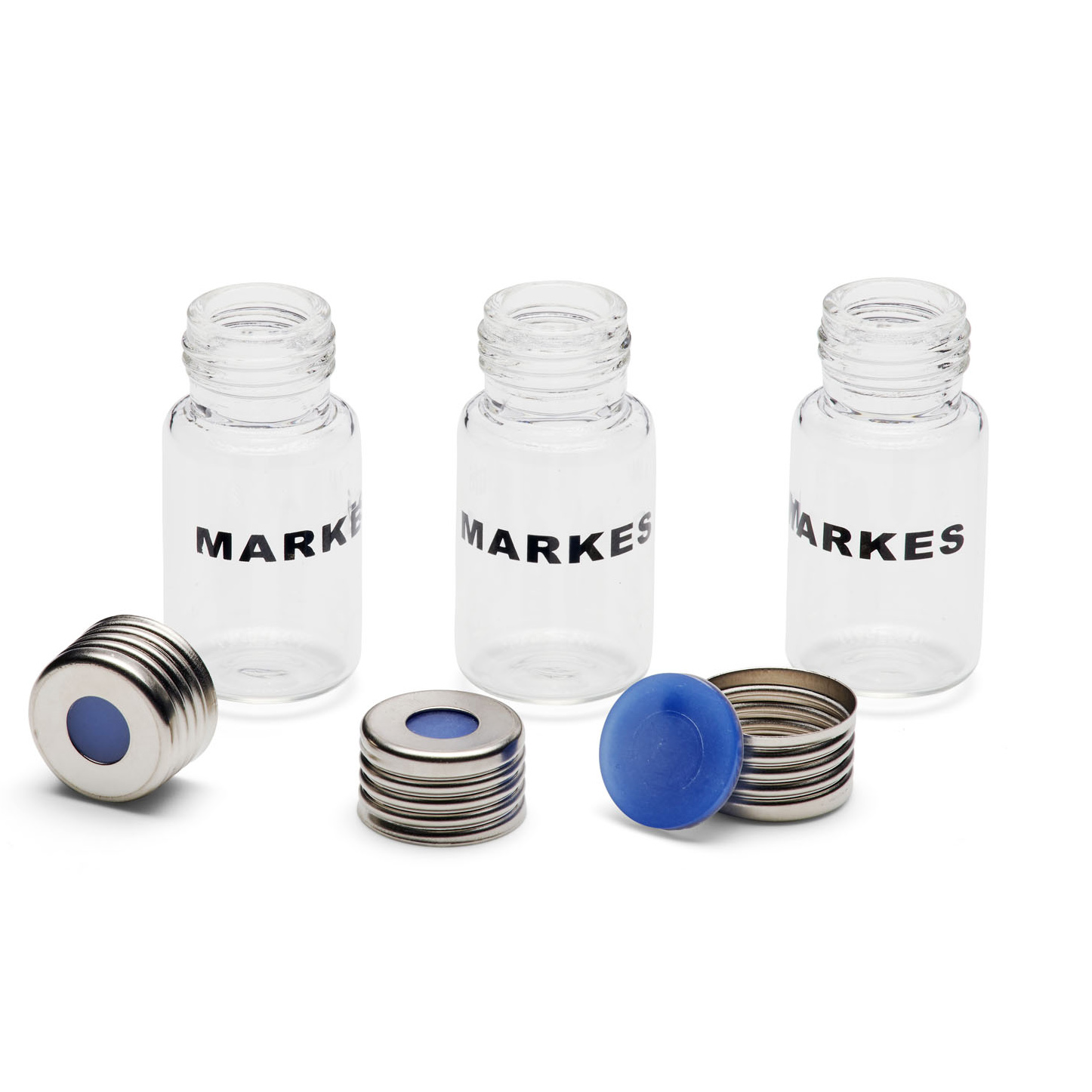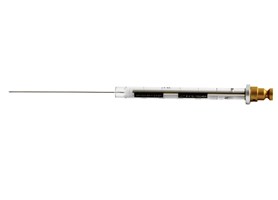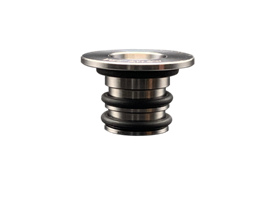Headspace sampling
Headspace (HS) has been widely used for quantitative evaluation of VOCs in solid and liquid samples for many years. Samples are placed into vials, sealed and incubated. Once equilibrium is reached VOCs partition into the headspace at levels that are proportional to their concentration in the original liquid or solid sample. A precise aliquot of headspace vapour is then transferred/injected directly into the GC (traditional methods) or via an electrically-cooled focusing trap for enhanced performance.
Headspace sampling can be enhanced in combination with a preconcentration focusing trap step. Headspace–trap results in enhanced sensitivity by allowing larger injection volumes to be used, as well as multiple extractions from a single sample to be ‘concentrated’ in one GC–MS run. It also offers improved peak shape, optional sample splitting, and re-collection for repeat analysis without the need to repeat extraction steps.
Common application areas of headspace sampling include environmental monitoring, and analysis of foods, beverages and fragranced products.
Benefits of headspace sampling include
- Minimal sample preparation.
- Minimal maintenance, because the injection of just the headspace gas means that it is a ‘clean’ technique.
- Solvent-free, meaning reduced environmental impact.
- Ability to analyse samples that cannot be directly injected into the GC.
- Fully automated by autosamplers such as Centri®, which offers both headspace sampling and headspace–trap, with cryogen-free focusing.








